Spaced apart fieldstone path; substrate: gravel vs woodchips??
njbiology
9 years ago
Related Stories
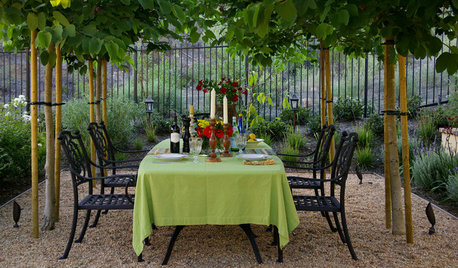
LANDSCAPE DESIGNEnjoy the Romance of Dining in a Classic Gravel Garden
Here’s what to consider when it comes to installing, styling and maintaining a DIY-friendly gravel patio
Full Story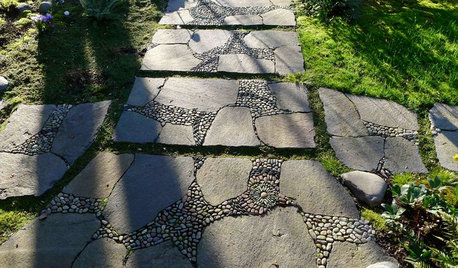
LANDSCAPE DESIGNHow to Design Garden Paths That Bring a Landscape to Life
We guide you through material and placement choices that will take your pathways from ordinary to extraordinary
Full Story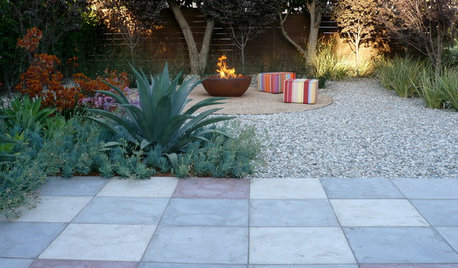
MATERIALSPrecast Concrete Pavers Make a Versatile Surface in the Garden
You can use concrete pavers in a variety of shapes and colors for your patio, walkway, driveway and more
Full Story
EXTERIORSWhere Front Yards Collide: Property Lines in Pictures
Some could be twins; others channel the Odd Couple. You may never look at property boundaries the same way again
Full Story
GREEN BUILDINGInsulation Basics: Heat, R-Value and the Building Envelope
Learn how heat moves through a home and the materials that can stop it, to make sure your insulation is as effective as you think
Full Story
GARDENING GUIDESHow to Switch to an Organic Landscape Plan
Ditch the chemicals for a naturally beautiful lawn and garden, using living fertilizers and other nontoxic treatments
Full Story
GARDENING GUIDESGreat Design Plant: Grow Blueberries for Their Fruit and More
Eastern gardeners should consider growing blueberry plants for their delicious fruits, bee-friendly spring blooms and brilliant fall foliage
Full Story





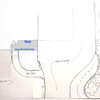

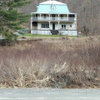

mad_gallica (z5 Eastern NY)
littlebug5
Related Professionals
Palm Springs Landscape Architects & Landscape Designers · Taylorsville Landscape Architects & Landscape Designers · Tempe Landscape Contractors · Athens Landscape Contractors · Edinburg Landscape Contractors · Elkridge Landscape Contractors · Franklin Landscape Contractors · Hurricane Landscape Contractors · Plymouth Landscape Contractors · Rosemount Landscape Contractors · Shaker Heights Landscape Contractors · Hawaiian Gardens Landscape Contractors · Maplewood Landscape Contractors · Arlington Heights Decks, Patios & Outdoor Enclosures · West Chicago Decks, Patios & Outdoor EnclosuresBungalowMonkeys
User